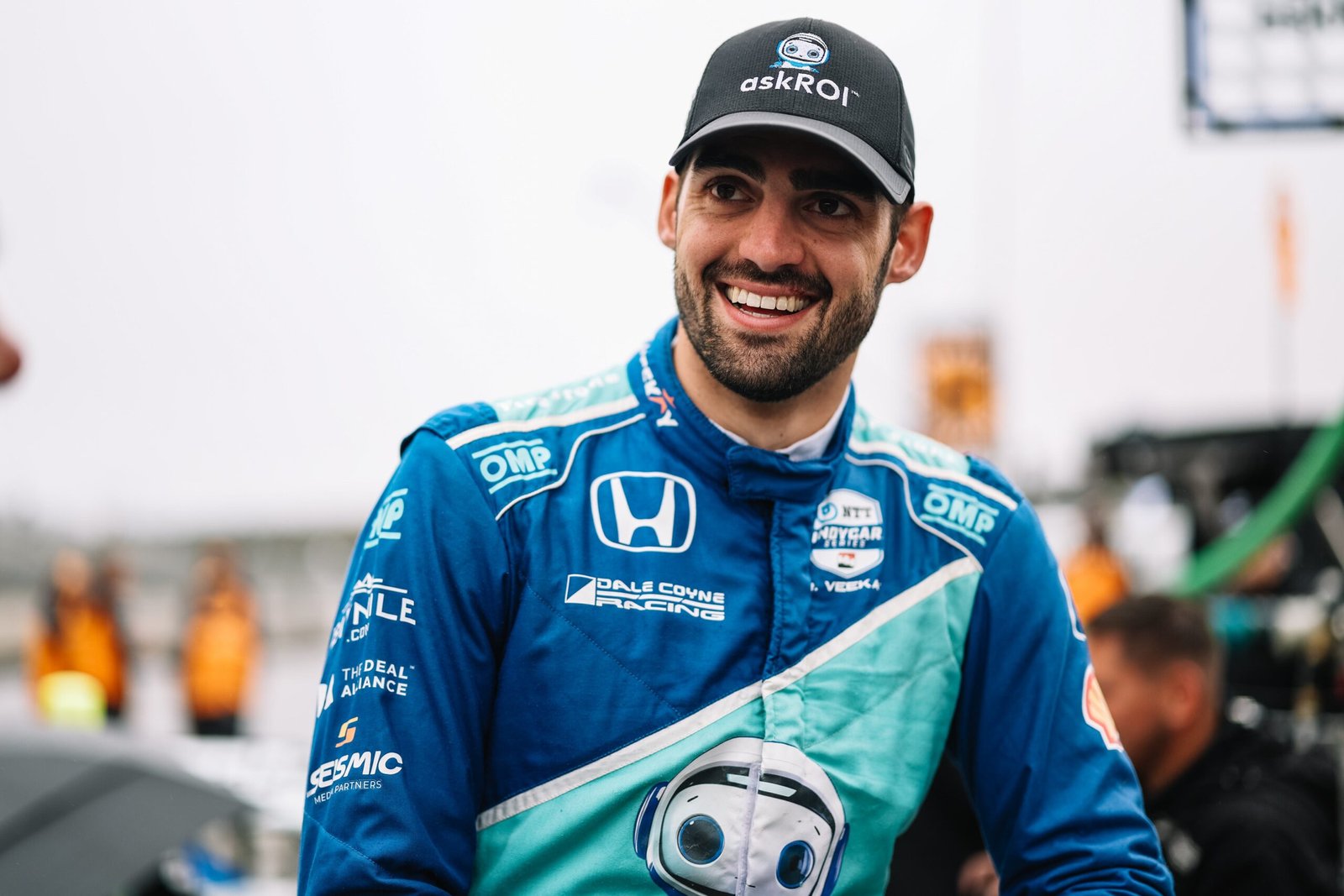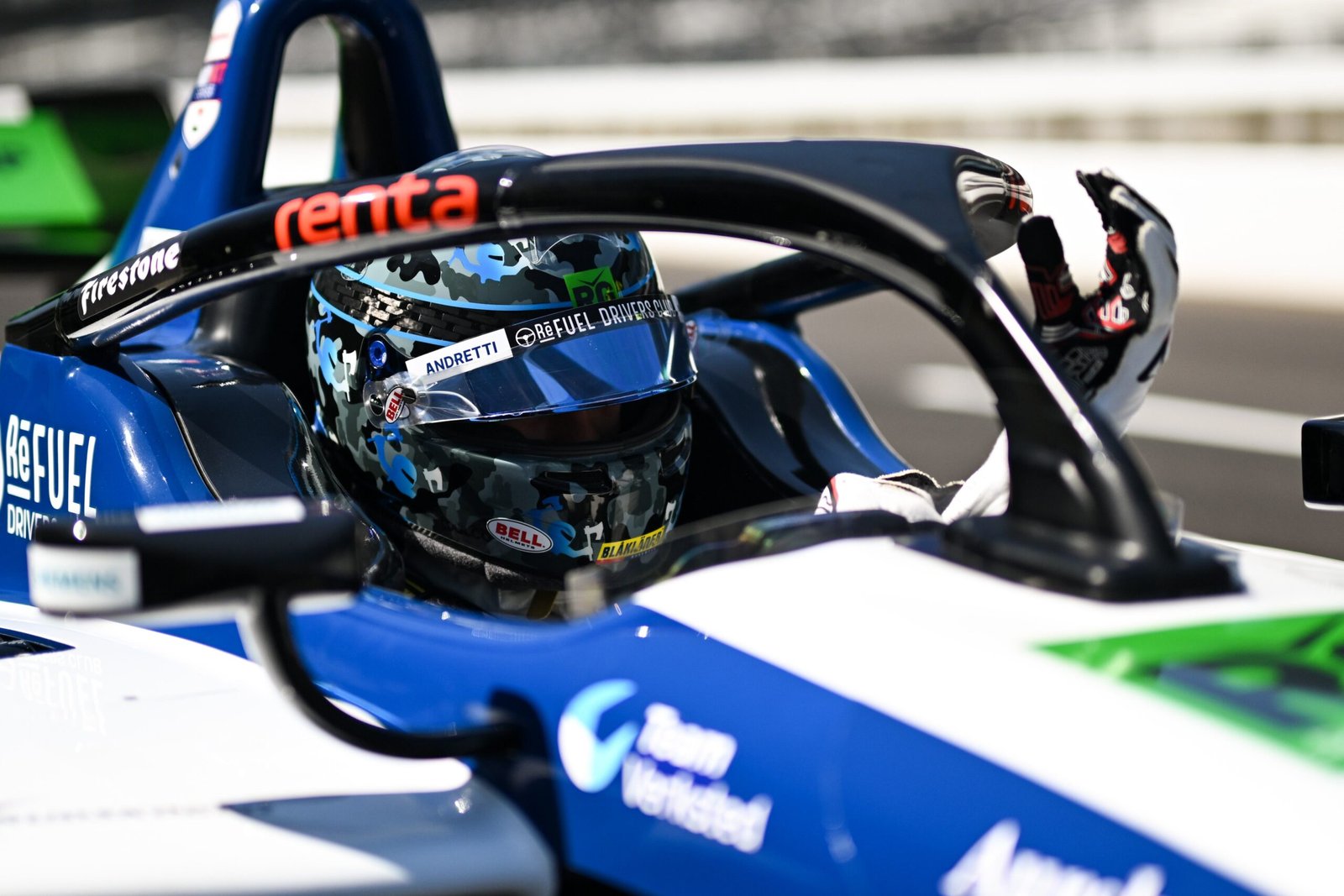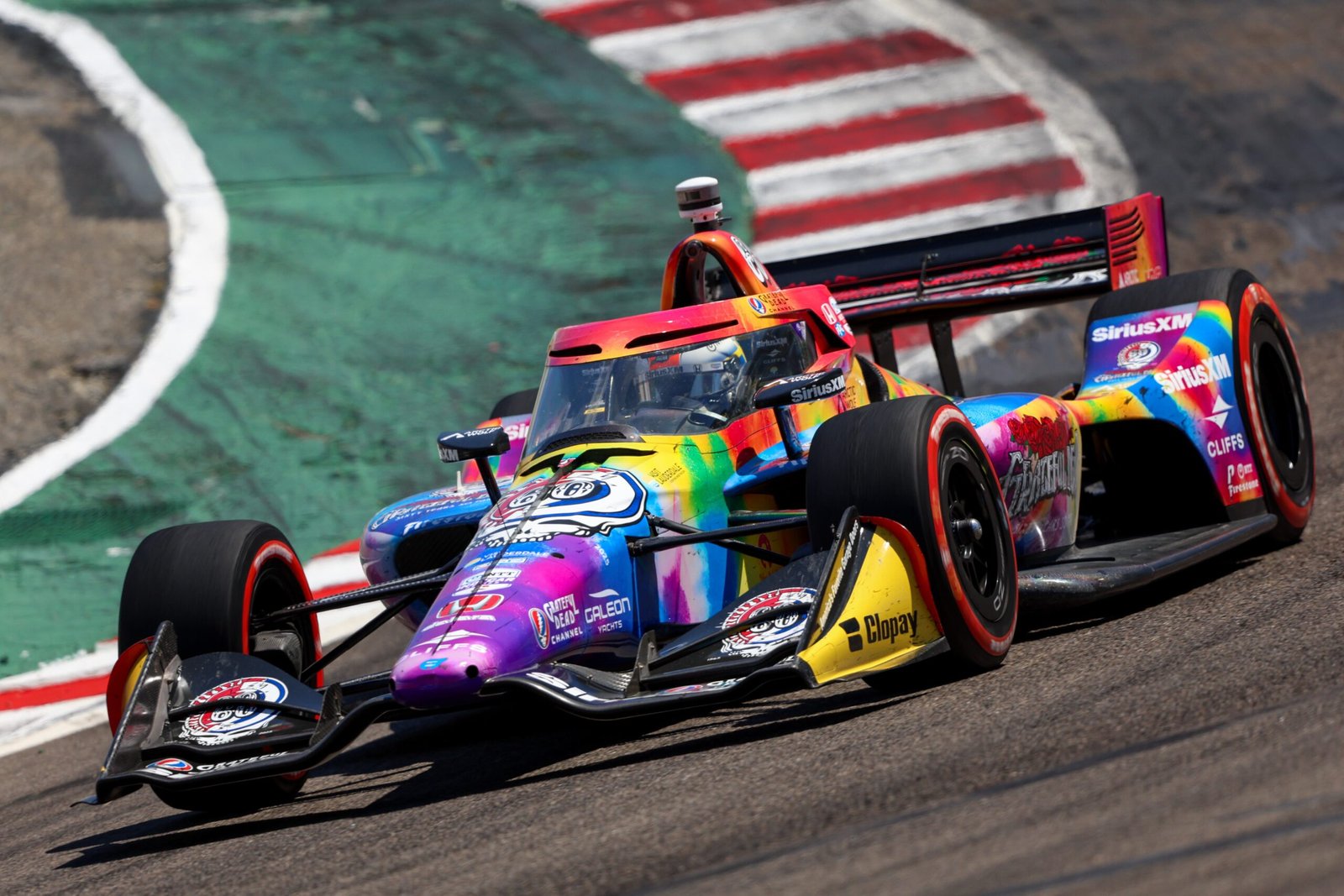Mick Schumacher’s IndyCar Debut: A New Chapter at Indianapolis
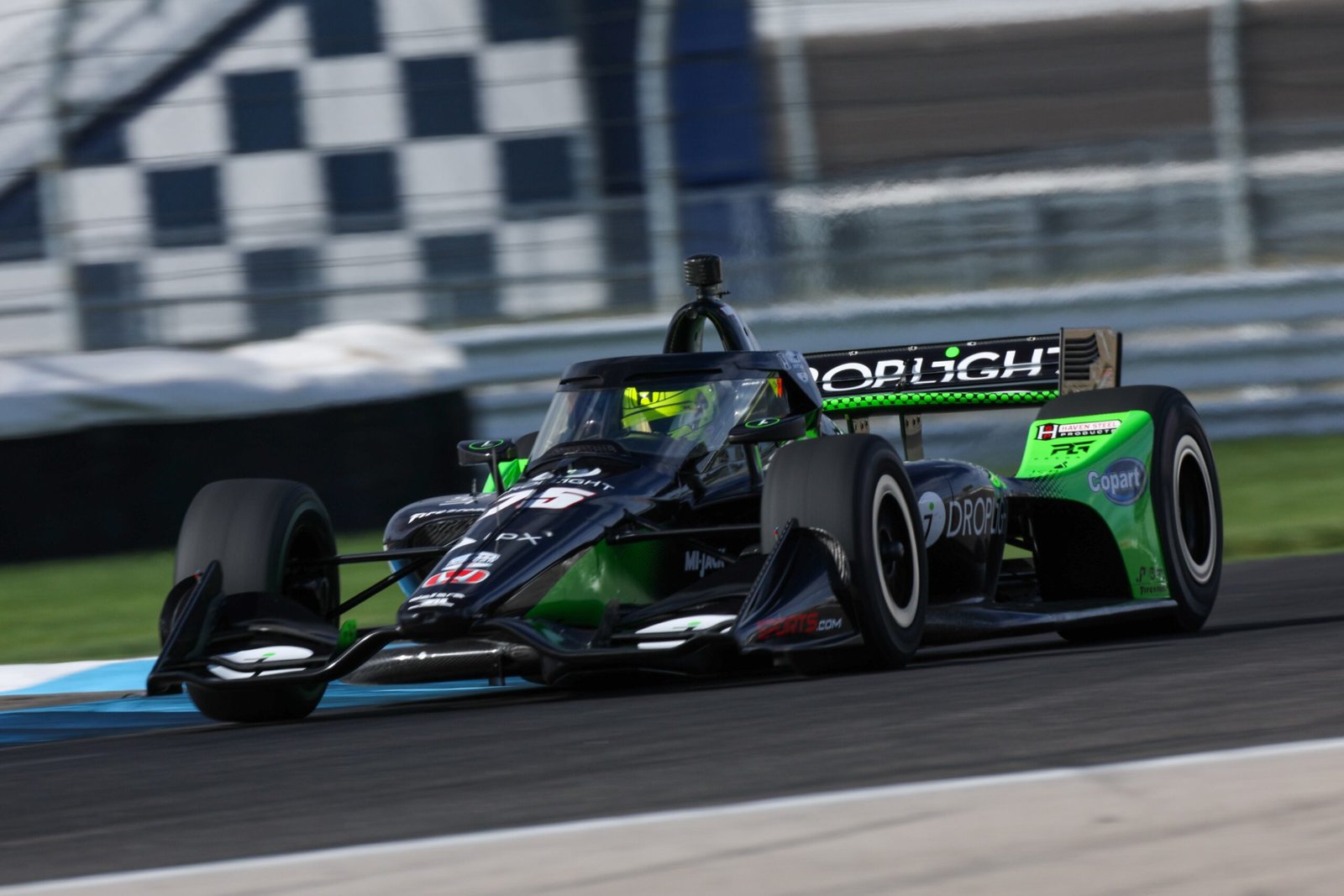
When Mick Schumacher climbed out of the cockpit at the end of his first IndyCar test session at the Indianapolis Motor Speedway road course on October 13, 2025, the motorsport world watched with bated breath. This was not just another test run, it felt like the beginning of a major pivot in a career that has spanned Formula 1, endurance racing, and the weight of carrying one of the most iconic names in motorsport.
Schumacher is no stranger to high expectations. Rising through the junior formulas with championship wins in European Formula 3 and Formula 2, he made it to Formula 1 with Haas in 2021. But after two tough seasons and limited success, his role shifted to reserve and development positions, before making a move to the World Endurance Championship with Alpine. As 2025 progressed, the doors to a full-time return to F1 seemed to narrow, but a window opened in the form of IndyCar.
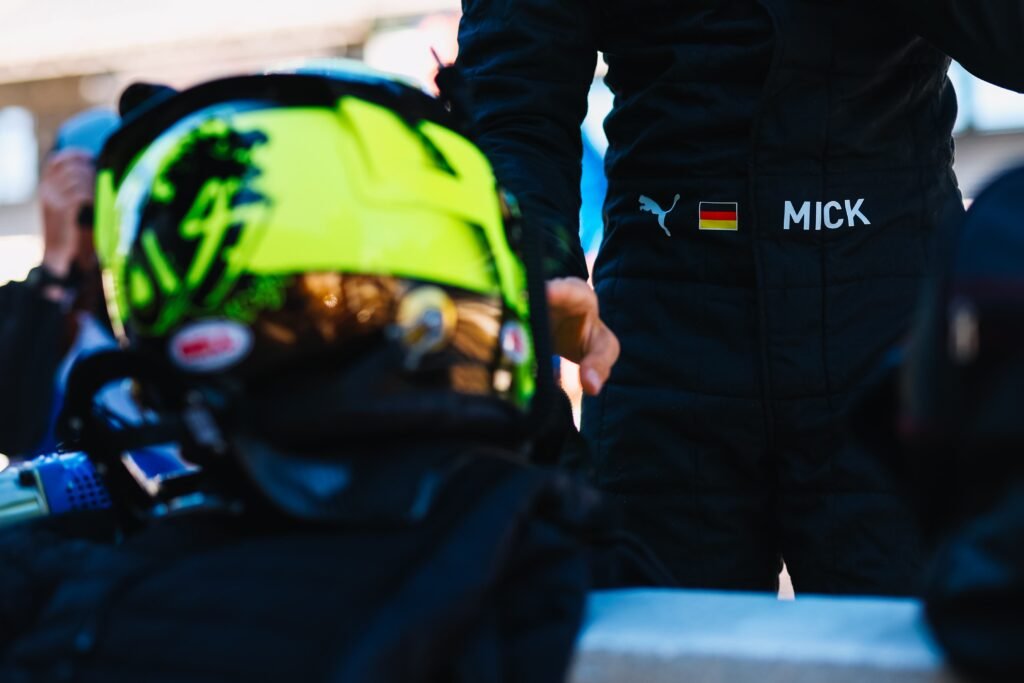
The test at Indianapolis was not just a one-off promotional appearance. It was a deliberate, well-prepared move involving shop visits, simulator sessions, and technical briefings with Rahal Letterman Lanigan Racing. Schumacher made the trip to RLL’s headquarters in Indiana, getting familiar with the team, the setup philosophy, and the car itself long before even sitting in the cockpit at the IMS road course. This level of preparation indicated something beyond curiosity. It was about evaluation and exploration, possibly even a career-defining step.
„If I were to join the series, I’d fully commit to it“
The Indianapolis road course was a strategic choice for the test. Unlike an oval, where the risks and technical demands are amplified for someone new to the series, the road course offered a safer, more analytical environment. Schumacher could explore the car’s behavior under braking, understand the aero balance in high- and medium-speed corners, and adapt to the unique tire characteristics. On test day, he posted a best lap time of 1:11.78 during a three-hour session. While unofficial, the time put him atop the sheets and served as a solid performance marker.
However, more telling than any lap time was his post-session statement:
“If I were to join the series, I’d fully commit to it, including the ovals.”
That’s no minor declaration. Many drivers coming from Europe or Formula 1 see oval racing as an intimidating or unnecessary part of IndyCar, often avoiding it altogether. Schumacher’s openness to taking on the full challenge of the series speaks to his mindset, this isn’t a publicity tour. It’s a serious consideration.
While many Formula 1 drivers have historically expressed hesitation about joining IndyCar due to the perceived dangers of oval racing, Schumacher appears more open-minded. When asked about the risk factor, especially in comparison to his F1 and endurance racing experience, he responded calmly:
“Safety is obviously something that is at a high priority for everybody. I think INDYCAR has made a lot of adjustments and changes to make it safer, and I’m sure they’re going to improve even further.”
Although he hasn’t yet driven an oval, he made it clear that the idea doesn’t deter him:
“I haven’t driven an oval, so I can’t say it more than that, but for now, I haven’t heard anything that would scare me off it.”
This kind of pragmatic, open stance could play a crucial role in how seriously teams consider him for a full-season seat, including oval rounds.
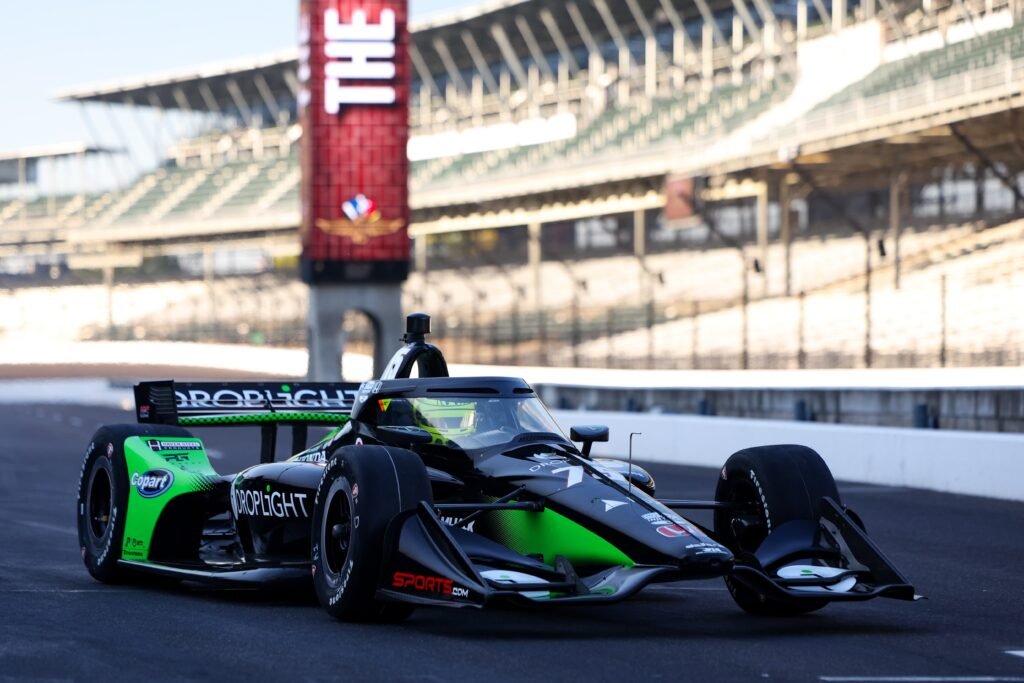
Technically, jumping from F1 and WEC machinery into an IndyCar presents several challenges. The car behaves differently under load, the aerodynamics are less refined but more demanding in mechanical setup, and the Firestone tires have their own warm-up characteristics and grip profiles. On a track like IMS, where tire management and corner entry are critical, these differences are immediately felt. Schumacher showed no signs of being overwhelmed. Observers noted his consistency, ability to build pace, and clarity in feedback.
Asked about the Firestone tires he used during his test, Schumacher provided thoughtful feedback, comparing them not just to Formula 1’s Pirelli tires or the Michelins he uses in WEC, but also to his Formula 3 experience:
“The Firestone driving today reminded me a lot of my F3 years, the two years that I did with the Hankook tire, where the tire was pretty much still evolving throughout the run, and you could pretty much use it even after 15 laps and still do a decent lap time.”
That level of detail in feedback – along with his comfort adapting quickly – hints at Schumacher’s technical maturity and could be a positive signal to teams evaluating his compatibility with the spec-style demands of IndyCar.
A new Challenge could await Schumacher
The broader implication of this test revolves around Rahal Letterman Lanigan Racing’s plans for 2025. With one seat potentially open and the team seeking renewed competitiveness, Schumacher’s test wasn’t just an exercise in familiarity, it may be part of a deeper evaluation. Bringing in a name like Schumacher would do more than strengthen the driver lineup. It could energize sponsors, attract international attention, and contribute to IndyCar’s global relevance.
Of course, any transition to IndyCar would bring its own hurdles. Beyond adapting to the car, Schumacher would need to master ovals, arguably the most defining and dangerous aspect of the series. He would also have to learn how to communicate with engineers in the uniquely collaborative way the series demands, develop racecraft in tight-pack racing scenarios, and mentally adjust to a more physical, gritty form of motorsport. But his willingness to embrace these challenges rather than shy away from them is telling.
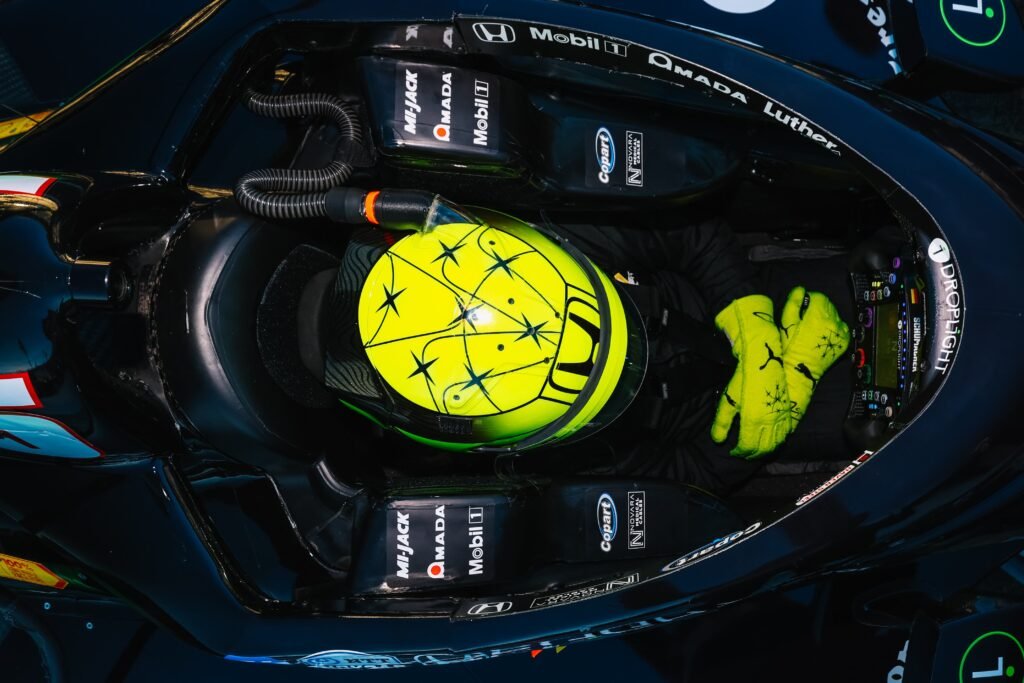
Schumacher’s broader career arc has always hinted at a desire to define himself outside his father’s legacy. His F1 stint was marked by pressure and limited machinery, and while it had flashes of promise, it didn’t provide the full canvas for him to paint his own identity. Endurance racing offered a new challenge, but with limited visibility and uncertain career pathways. IndyCar, on the other hand, represents a raw, competitive, and widely respected series where drivers can reinvent themselves.
What also stands out is the intent with which Schumacher approached the opportunity. From the level of preparation to the way he spoke about the experience, it’s clear he is not treating IndyCar as a backup plan, but rather as a legitimate, exciting alternative. He is clearly at a crossroads in his professional life and sees this test not just as a chance to drive something different, but to restart, refocus, and possibly redirect his career.
“Frankly, it’s a great championship [with] 17 races. I’m still young, so I do want to race as much as I can, and I think the people here really live motorsports. I also like the mentality of the driver being the main part of the team and driving the team forward.”
There’s still a lot that needs to happen before Schumacher appears on the IndyCar grid full-time. Contracts must be negotiated, further tests may be required, and ovals will likely need to be sampled. But the groundwork is there: on-track performance, mental readiness, physical fitness, and the professional demeanor teams expect from a top-tier driver.
Will Schumacher secure a full-time deal for 2026?
For IndyCar, the presence of Mick Schumacher, even in a test, is significant. It signals the series’ growing appeal to international drivers and the rising credibility of American open-wheel racing in a global context. It brings additional eyes from European fans and media and reinforces the idea that IndyCar is not a step down, but a lateral move into a different, equally intense arena.
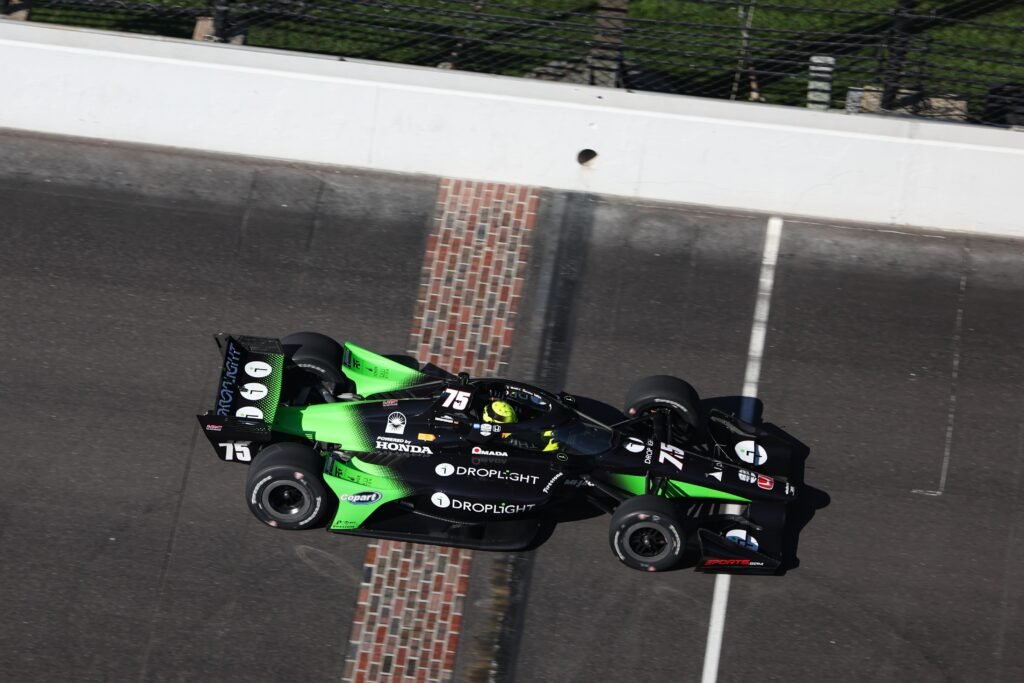
The months ahead will be crucial. Will Schumacher secure a full-time deal for 2026? Will he pursue more tests to gain more experience, also on ovals? Will RLL commit to a long-term partnership? These questions remain unanswered, but what is certain is that Mick Schumacher has opened a door many never expected him to consider. And through that door lies a whole new challenge, one he seems ready to face head-on.
“I want to enjoy racing, and to do that I want to find where I feel most at home. I’m not saying Europe or WEC or any of those other championships aren’t that, but I feel maybe racing [single seaters] is always what I wanted to do.”
During the media session, we were also able to ask Schumacher the classic IndyCar dilemma: would he rather win the prestigious Indy 500 or the overall championship? His answer gave insight into his mindset and priorities:
“I think for me a championship is always going to be the holy grail… If you win the championship, you can always win the Indy 500, too. But if you win the Indy 500 and nothing else, then you won’t win the championship.”
It’s a response that reflects not only ambition, but a focus on consistency, structure, and long-term success, all qualities that could serve him well in a full-season IndyCar campaign. Whether this is the start of a new era in Mick Schumacher’s career or simply another intriguing chapter, one thing is clear: his day at the Indianapolis Motor Speedway has reignited his path with fresh possibility. And this time, he’s not driving in anyone else’s shadow.
written by Philipp Kraus / Media Credit: Penske Entertainment

